Don’t toss those eggshells! Around the homestead, even the smallest scraps can serve a purpose, and eggshells are no exception. From enriching your garden soil to deterring pests and nourishing your flock, these humble kitchen castoffs are a free and versatile resource. Whether you keep chickens or just eat a lot of omelets, there are plenty of creative, sustainable ways to put eggshells to work.
Author Marlene Affeld notes, “Maybe it’s because I’m frugal, but I hate to throw away anything that can be reused or recycled, and that includes eggshells. No matter if you are raising chickens, ducks, guinea fowl, or turkeys, rather than simply tossing your eggs into the compost or trash, save them.”
Eggshell Uses For The Garden
In the homestead garden, there are a variety of eggshell uses ranging from starting seeds to enhancing soil.
Enhance Garden Soil Fertility
Sprinkle crushed eggshells around the base of garden vegetables and flowers to enhance soil fertility. Rich in calcium and other important minerals, including phosphorus, potassium, and nitrogen, eggshells can help your garden flourish.
You can also line germination pots with finely crushed eggshells. It’s biodegradable and when planted directly in the soil, adds support and valuable nutrients, like an added boost of calcium, to the young plant’s roots.
Boost Compost
Why not? Crush the eggshells and sprinkle them over the top of the compost pile, and they’ll help break down and balance the pH of the decomposing materials. They’ll also help enrich the contents with valuable nutrients.
Start Garden Vegetables
One of the best eggshell uses in the garden is as cups for starting seeds. If you crack an egg carefully enough, you can use the egg as seed-starting pods for your herbs and vegetables.
Next time you crack an egg, tap it on the top and pour the egg out of the shell to preserve the length of the shell. Rinse to remove the gel-like membrane. Use an empty cardboard egg carton to hold your starter egg cups.
Related Post: How To Start Transplants
Use an awl or sharp needle and poke a hole in the bottom of the eggshells to allow for drainage. Fill the empty shell two-thirds with potting soil. Place a seed in every shell, following planting instructions.
Mist with water to keep the soil moist but not soggy. Place the carton on a sunny windowsill or in a greenhouse until it’s time to transfer seedlings to the garden. Plant the egg cup directly into the soil and water to establish it in place.
Deter Garden Pests
Crushed fragments of eggshells are an excellent deterrent to prevent snail and slug infestations. The pesky predators will not crawl across the sharp-edged shells. Leave the shells on top of the soil during gardening season, then till them into the soil in the fall when you turn over the garden soil.
Author Emily-Jane Hills Orford mentions, “This has helped protect my columbine, which are plagued annually by slugs.”
Using Eggshells Around the House
Eggshells aren’t just kitchen scraps; they’re a natural resource with plenty of handy uses around the home.
Houseplant Fertilizer
Instead of throwing eggshells in the trash bin, rinse to remove the inner membrane, dry, then crush the shells into fine bits with the back of a wooden spoon. Store the fragments in a glass watering jug under the kitchen sink, and cover the shells with water.
Removing the membrane eliminates any odor, so the shell and water mix will not smell. If you are raising chickens and your family uses a lot of eggs, the jug will fill up quickly.
Related Post: The Scoop on Organic Fertilizer: Is It Right for Your Garden?
When shells are soaked in water, calcium carbonate is leached from the shells. Use the nutrient-rich liquid to water your houseplants. Replace the water in the watering jug and allow shells to leach their minerals until you are ready to use the liquid to water houseplants again.
Household Cleaning
Crushed eggshells work well as a gentle abrasive cleaner. When mixed with some soapy water, they’re great for scrubbing pots and pans, as well as other surfaces without fear of leaving scratch marks.
Clean the Drain
Ground eggshells are a great way to keep the pipes clean. Mixed with warm water and dish soap, it scrubs residual accumulation and prevents the drains from getting clogged.
Remove Stains In the Laundry
Fill a small mesh bag with crushed eggshells and add it to the laundry. The eggshells do wonders in removing stains, and they help keep the whites bright.
Home Deodorizer
Washed, dried, and crushed eggshells make a great, natural deodorizer. Place in an open container and put the container in the refrigerator, cupboards, or even on the window ledge. Works as well as baking soda to absorb unwanted odors
Eggshell Uses for Animals
Animals can benefit from eggshells, too! From added calcium to natural pest control, there are many ways to utilize eggshells for our animal friends.
Supplements For Birds
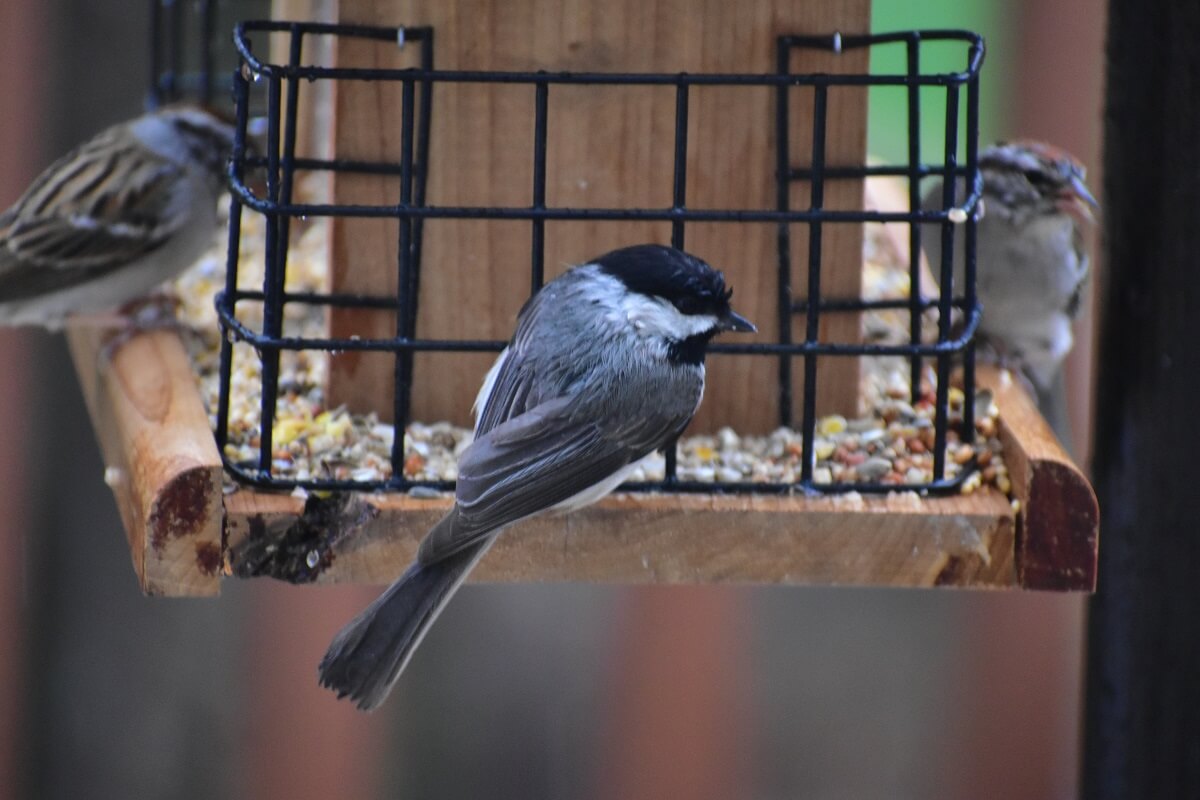
When songbirds arrive in the spring, it is time for them to mate and lay eggs. To lay firm-shelled eggs that produce strong and healthy baby birds, songbirds require calcium and other essential minerals found in eggshells.
Be a good neighbor by saving all your eggshells, rinsing them to remove the membrane, drying the shells, and crushing them into tiny fragments for your feathered friends to feast upon. Spread the crushed shells on the ground at the base of the bird feeder.
Improve Your Dog’s Health
For strong bones and a thick, lustrous coat, dogs require an adequate amount of calcium in their daily diet. To boost your pet’s calcium intake, consider providing them with powdered eggshells.
Wash eggshells to remove the membrane. Place the shells on a cookie sheet and bake for 30 minutes in an oven preheated to 275 degrees Fahrenheit. Remove, cool, and place the eggshells in your food processor to pulverize into a fine powder.
It’s always good to check with your vet first, especially if you have a pet with stomach sensitivities.
Feed Eggshells To Your Chickens
Now, this tip we owe a thanks to Kane here at Insteading, who says, “We used to bake them and crush them, and put them back in the chicken coop for the birds to use as a calcium/grit IIRC.” He further explains that “the baking step is intended to kill any bacteria on the eggs. Some sites call it a myth or unnecessary, but it’s not much work to put them in the oven at 400ºF for 10 to 15 minutes.” Cooled and crushed, they make an excellent source of calcium for the chickens.
Eating Your Eggshells
When eggshells are made into a powder, they’re edible and packed with calcium when prepared the right way.
Eggshell Powder Supplements
Cleaned, dried, and crushed eggshells make an excellent natural calcium supplement. Grind into a fine powder and add to smoothies, baked goods, or just sprinkle over food.
A bio preparation made from the eggshells of chickens is a natural source of calcium and other essential nutrients, including strontium and fluorine, which all have a positive effect on bone density.
Extensive clinical research studies indicate that postmenopausal women, as well as women suffering from senile osteoporosis, benefit significantly when prescribed eggshell powder supplements. Clinical participants reported that the supplement reduced pain and swelling and increased mobility.
Add Eggshells To Your Coffee
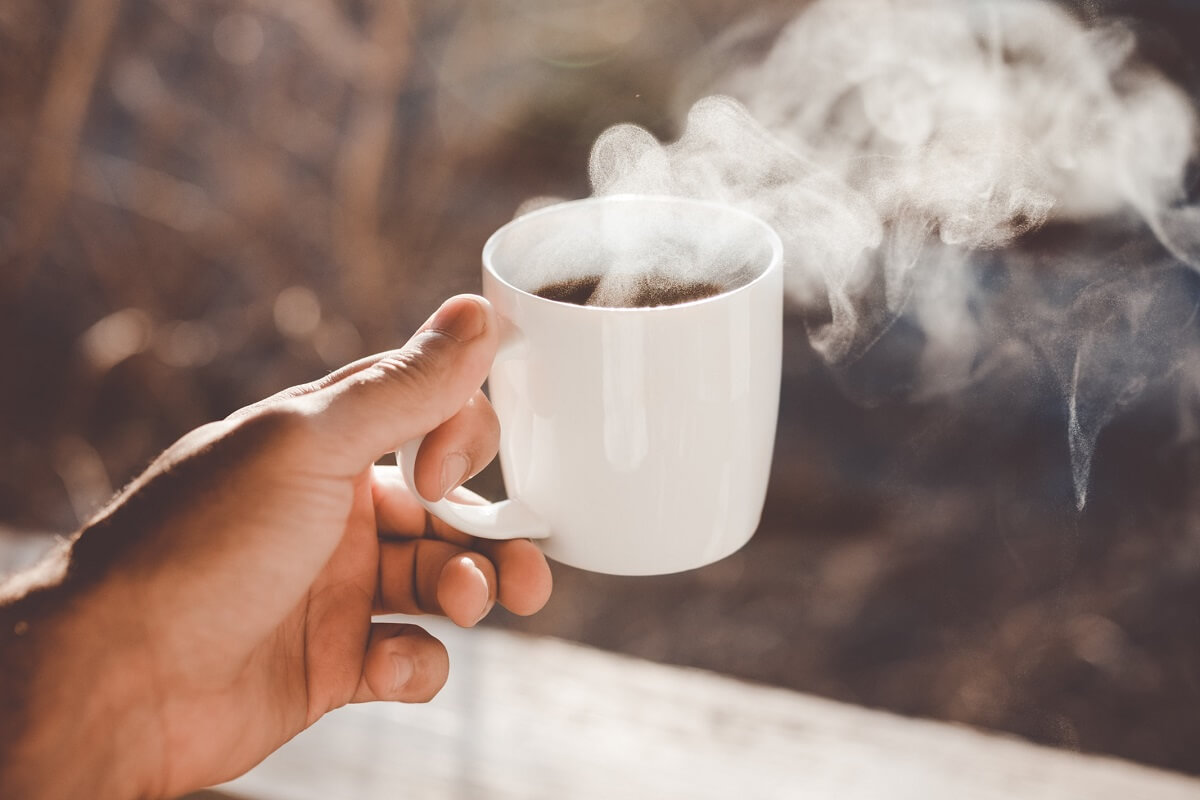
Boiling eggshells in your coffee reduces the bitterness of the brew, giving it a less acidic flavor and a smoother taste. It’s an old homesteader’s trick that has been used for decades. While most folks now use a coffee brewing system, this is a helpful hint for making coffee when out camping, and boiled coffee is the only option.
Related Post: Caffeine-Free Coffee Substitutes to Forage in the Backyard
Rinse the shells to remove membranes before adding the crushed shells to the coffee pot. Adding rinsed and crushed eggshells to boiled coffee also settles the coffee grounds to the bottom.
Arts and Crafts
Eggshells are a versatile medium for all kinds of arts and crafts, from elegant to experimental.
Eggshell Art
Why not? It adds texture and novelty, among other things. Eggshells can be painted and used in mosaics. They can be used to create unique decorations like Easter eggs. Using a needle, carefully prick a tiny hole at either end of the fresh egg (preferably at room temperature) and blow the contents out of the shell (don’t waste the contents as they can be used for scrambled eggs or in baking). And the list goes on.
Eggshells in the visual arts have been around for centuries. It was popular in the Renaissance, as well as in places like ancient Vietnam. Keiren wrote in “Egg Shell Art” (https://insteading.com/blog/egg-shell-art/): “The ancient Vietnamese technique of crushing and then applying egg shell with lacquer to a surface is beginning to find favor with some contemporary artisans.”
Contemporary artists also add eggshells to paint to add dimension and depth to their works of art. The author wrote about the late Victoria, B.C. (Canada) artist, Anthony Thorn (1927-2014), and how he explored a “fascination with antiquity, attempting to harmonize the natural and the spiritual sensibilities. Using the simplified shapes and forms of many ancient cultures, he created works of abstract ideology. … In 1975, Thorn began to explore the art of gilding and several other ancient crafts, including gesso carving, eggshell mosaic, and bone and ivory carving. He produced the first of his Wall Jewels, intricate in their design as well as their techniques.” (Western People – January 9, 1986).
Eggshell Sidewalk Chalk
Next time you use up a bunch of eggs for an angel food cake or a tasty frittata, save the eggshells. Did you know that eggshells are loaded with calcium carbonate? It makes eggshell chalk a great money-saving alternative to store-bought. Making homemade chalk is a lot of fun for children and a great way to utilize eggshells.
Materials
- Eggshells
- Hot water
- Flour
- Food coloring
Directions
- Wash eggshells to remove the membrane, allow them to dry, and crush them. You can use a mortar and pestle or drop them in your food processor.
- For each tablespoon of pulverized eggshells, you will need a tablespoon of flour and a few drops of food coloring.
- Place shells, flour, water, and food coloring in a bowl and mix well to the consistency of a thick paste.
- Form the paste into a thick tube and wrap in a paper towel to dry for 3 to 5 days before using it.
Eggshell Paint “Bombs”
If you are an aspiring artist, eggshells filled with acrylic paint are wonderful tools for creating masterful abstract art. When using an egg, tap it on the top to release the egg and keep the elongated portion intact.
Place empty rinsed shells in an egg carton and fill with acrylic paint in your choice of colors. Now for the fun. Place a large canvas on an easel outdoors and pitch your paint bombs at the canvas. The results are random, bold, and brilliant splashes of color.
Natural Health and Beauty
From soothing masks to homemade toothpaste, eggshells can be part of a low-waste approach to natural self-care.
Face Masks
Wash eggshells and remove the membrane. Place eggshells in a mortar and pestle and crush or blitz them in your food processor. Whisk the pulverized eggshells together with one egg white.
Apply the mixture to clean and dry facial skin for an invigorating facial mask that tightens skin and reduces the appearance of fine wrinkles. Allow the mask to remain on the face for 15 minutes or until the mixture dries. Remove the residue with a splash of warm water and pat dry.
Toothpaste
How about some toothpaste and teeth whitener? Yes, eggshells can make your teeth whiter.
- Wash, dry, and grind the eggshells into a fine powder.
- Mix the eggshell powder with the same amount of baking soda.
- Add a small amount of coconut oil to the powder mixture and stir until it becomes a paste.
- Peppermint or spearmint oil can also be added to give it a pleasant flavor.
- Store in a small, airtight jar and scoop it out whenever you brush your teeth.
Some people just use the eggshell toothpaste, while others use the homemade concoction in addition to their regular toothpaste. Remember, the eggshell concoction might whiten your teeth, but it doesn’t prevent cavities, and it doesn’t promote gum health.
Soothe Skin Irritations
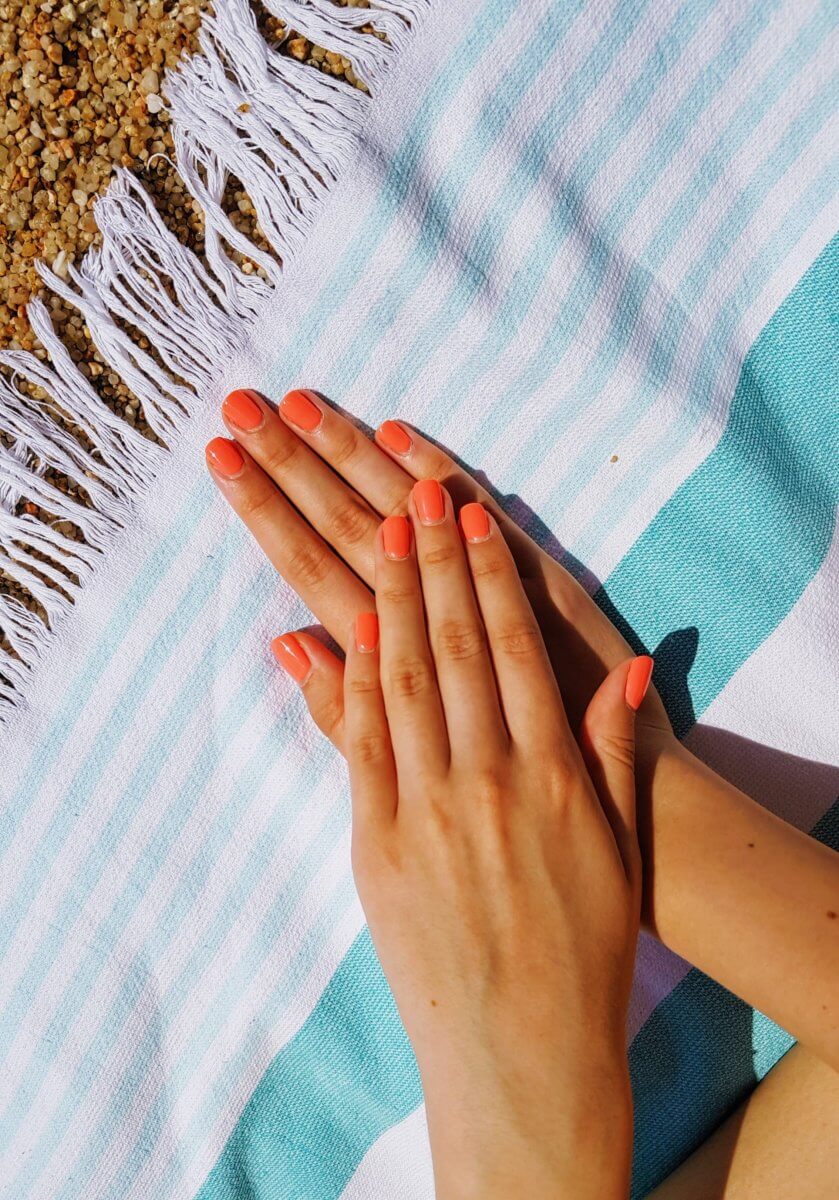
Wash three eggshells well, removing the membrane. Crush the shells in a mortar and add to a quarter cup of apple cider vinegar. Place the mixture in an airtight glass container and let the mixture soak for a few days. To control acne flare-ups or to heal and soothe dry, irritated skin, dip a cotton ball in the mixture and dab on the troubled area twice daily.
Benefits Of Raising Chickens
Recent disruptions in the United States economy are causing shortages in the supply of fresh eggs to local markets. If you are new to homesteading, now is the perfect time to consider adding a flock of chickens to your animal family.
A healthy adult lays an egg approximately every 25 hours, providing more than 300 eggs a year. A small flock of 5 to 6 hens will supply more than 30 eggs a week — plenty to meet the needs of a family of four.
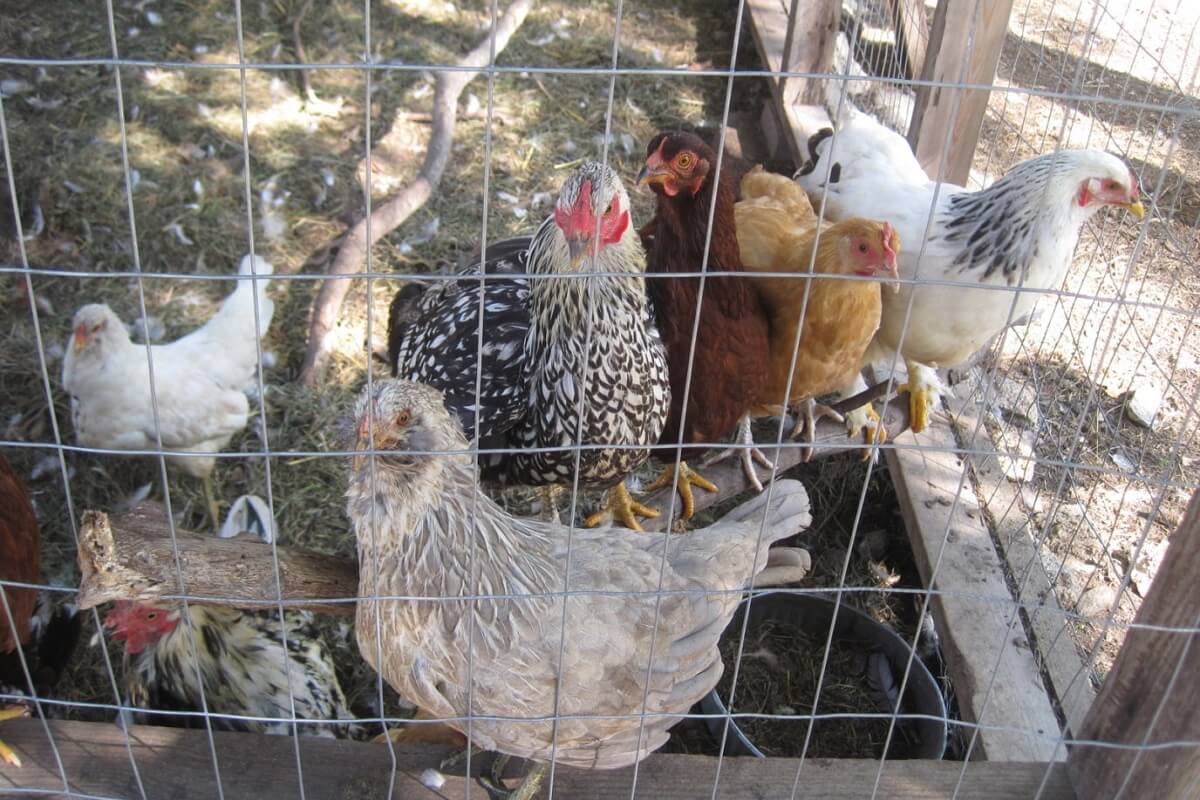
Should you decide to increase the size of your flock, selling fresh organic eggs at the farmers market is an excellent source of supplemental income. And chicken manure is a fine fertilizer. Add it to the compost pile or till it into the soil.
It’s gratifying to know that the eggs you feed your family are organic, fed organic, and raised in humane conditions. As an additional bonus, backyard chicken eggs contain as much as 33 percent more vitamin A, 25 percent more vitamin E, and over 75 percent more beta carotene than store-bought eggs.
Final Thoughts
Emily-Jane signs off with, “With the billions of eggs laid every year, and the billions of eggs purchased and consumed, it’s sad to note that thousands of pounds of brittle, sharp eggshells end up in the trash daily. This doesn’t have to be the case.
Yes, some do end up in the compost. After all, they are biodegradable and break down over time. But there’s so much more these shards can do to improve the home, the garden, the lives of both humans, pets, and livestock, and so much more, that it seems a waste to just chuck it all.”
Note: This article was originally published and authored by Marlene Affeld on January 30, 2023. In 2025 a new article was contributed by Author Emily-Jane Hills Orford, and portions of the original article were merged with the new contribution.
References
- Eggs From Farm to Table, United States Department of Agriculture
- Backyard Chickens, CDC – Center for Disease Control
- Eggshell Calcium in the Prevention and Treatment of Osteoporosis, United States National Library of Medicine


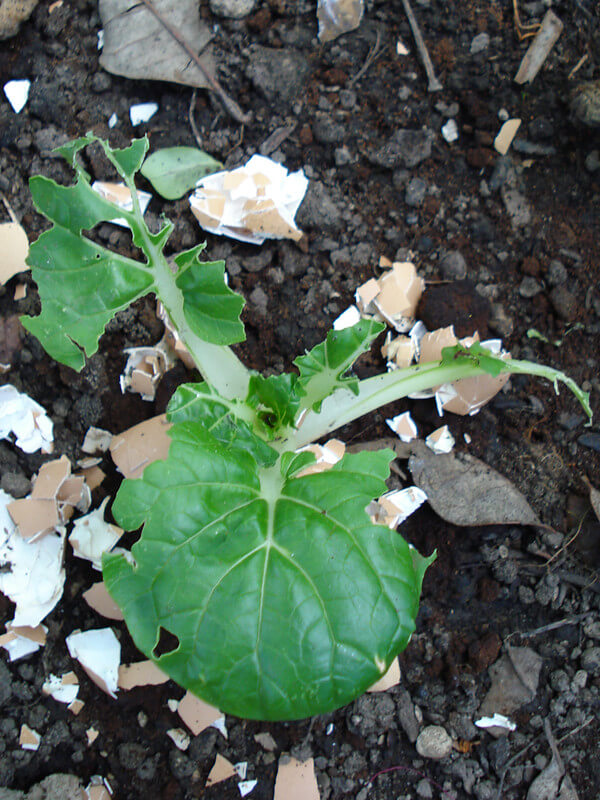
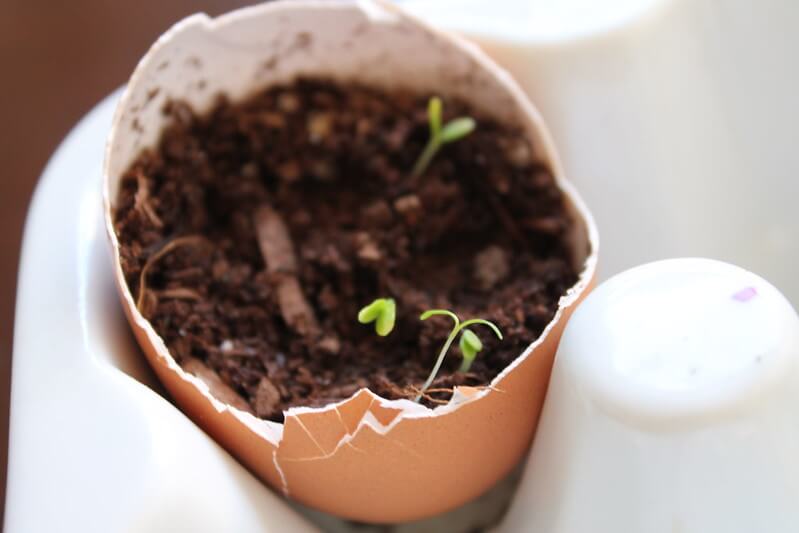
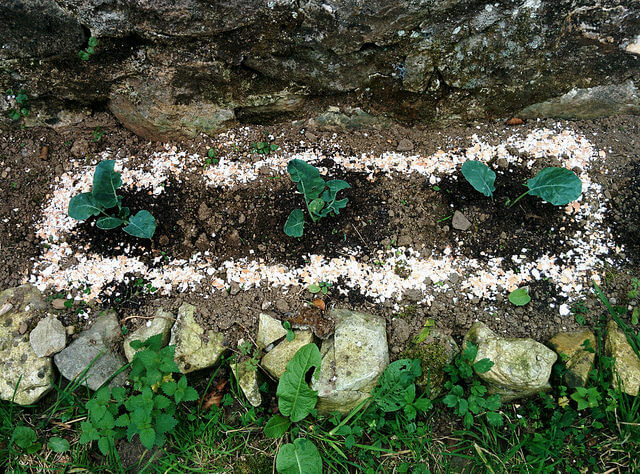
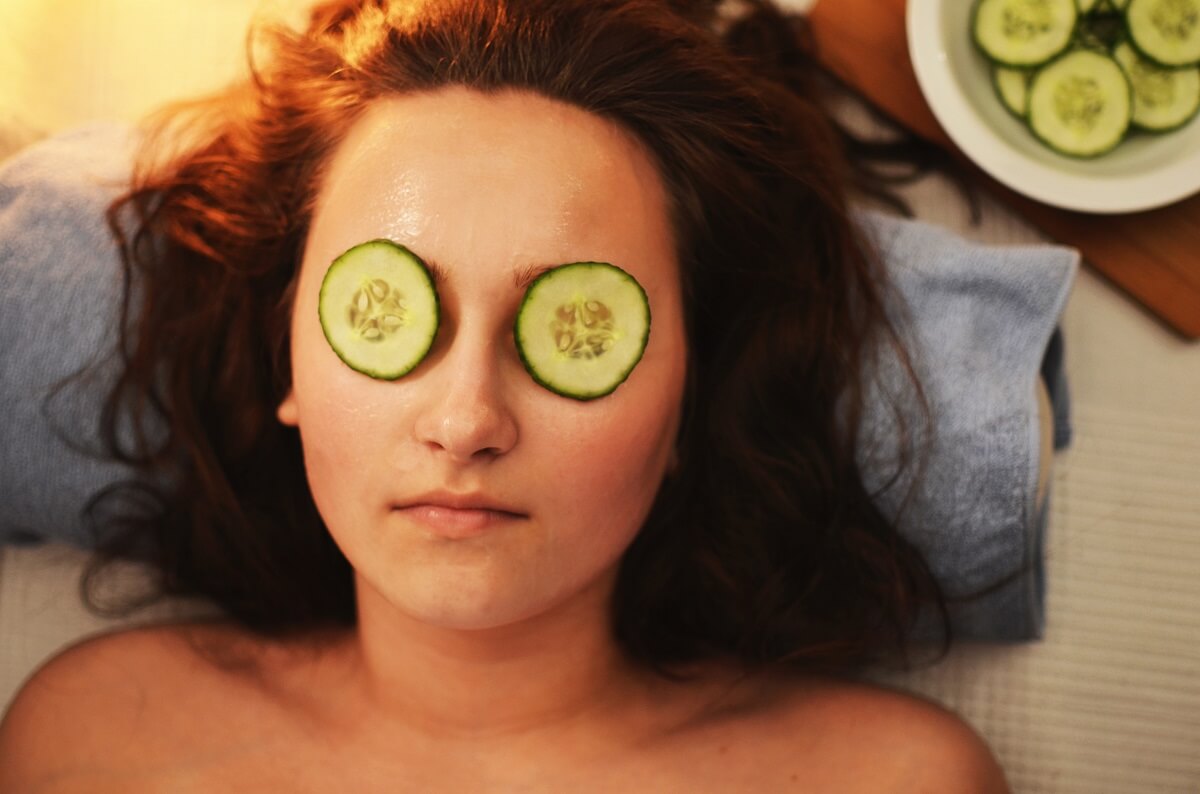
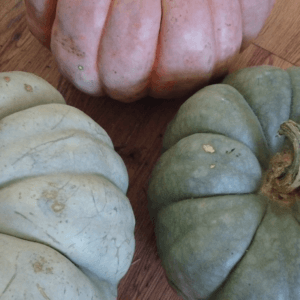
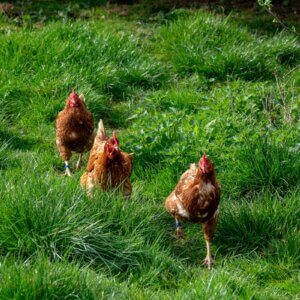
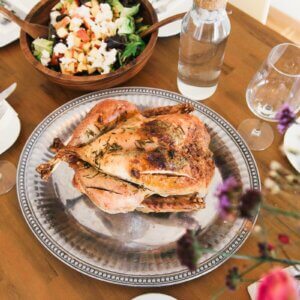
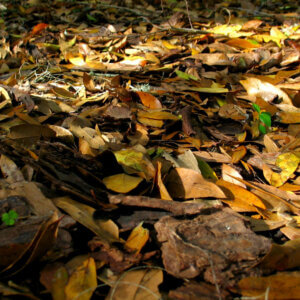
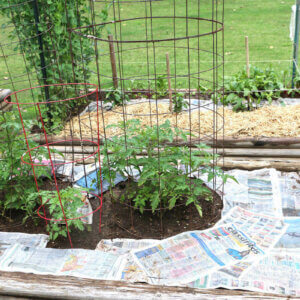

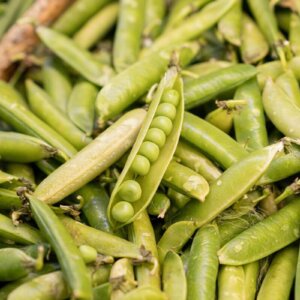
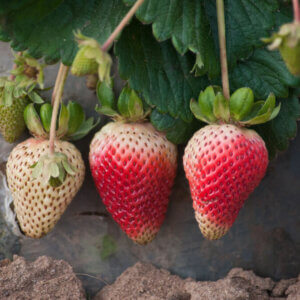

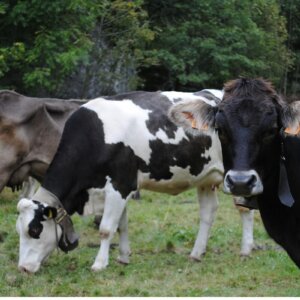
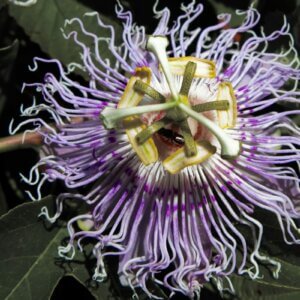
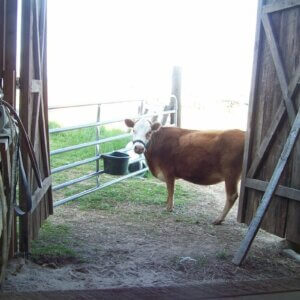
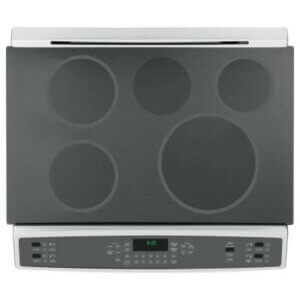
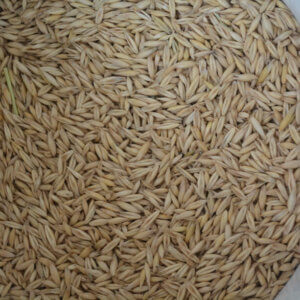
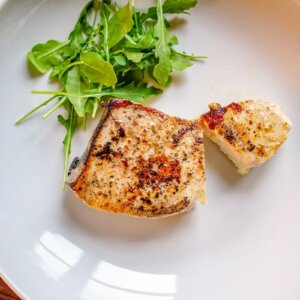


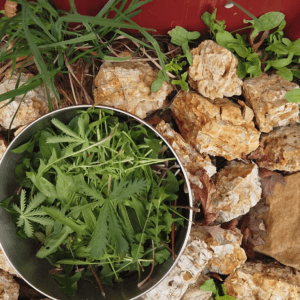
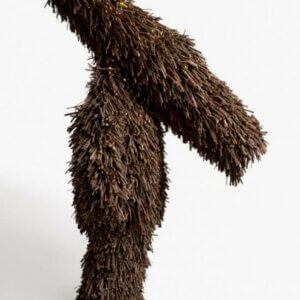
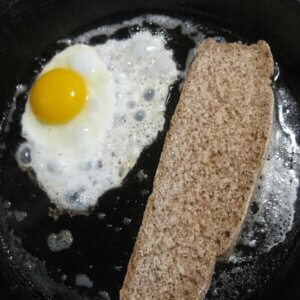
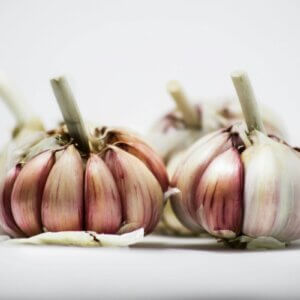
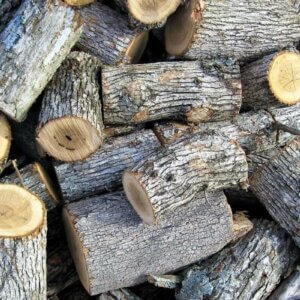

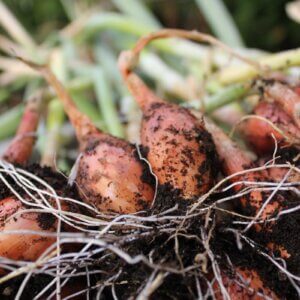
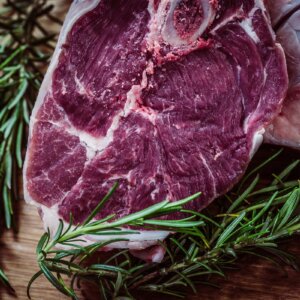

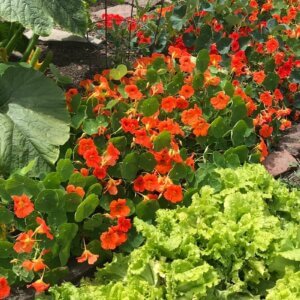
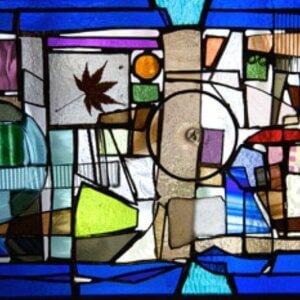

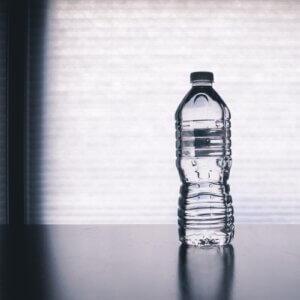

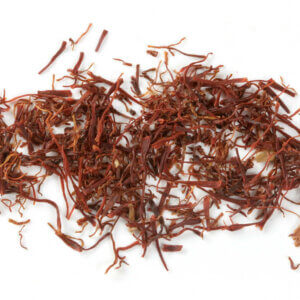
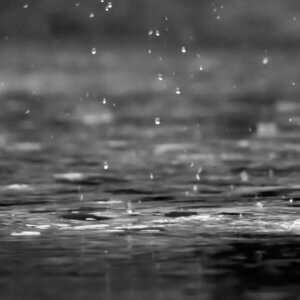
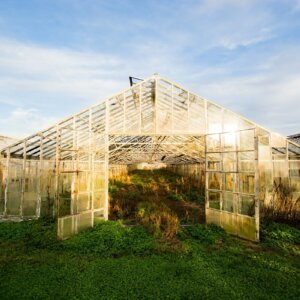
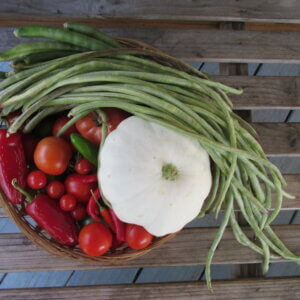
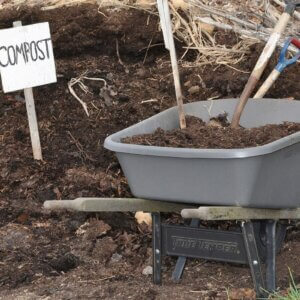
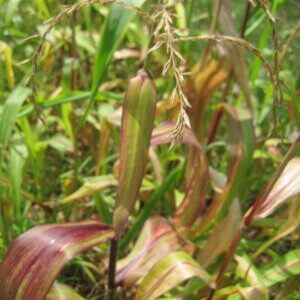
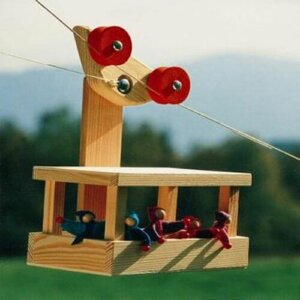
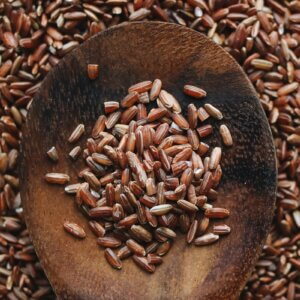
Leave a Reply